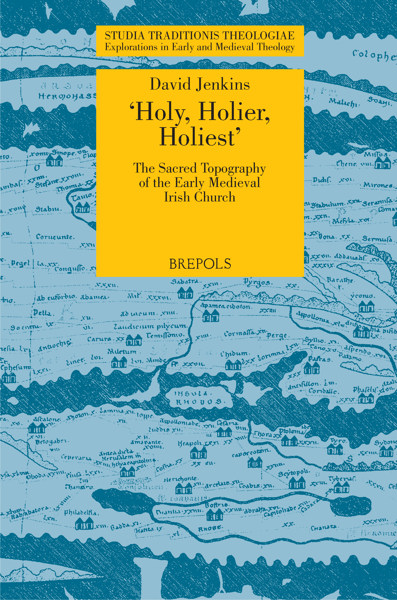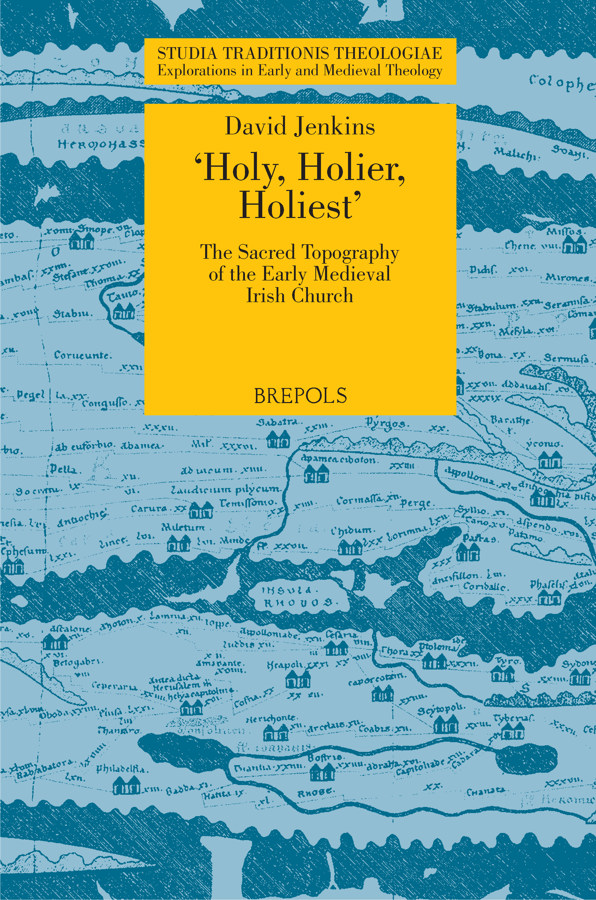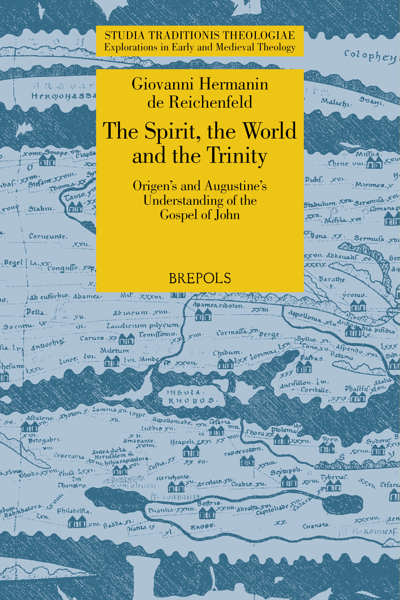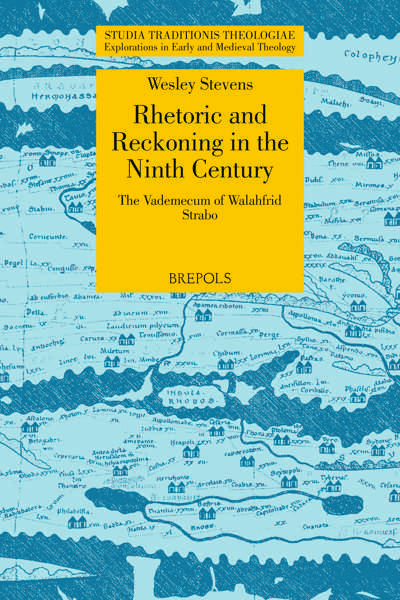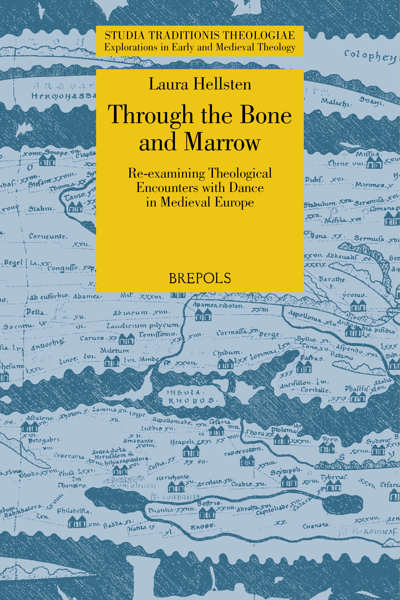
‘Holy, Holier, Holiest’: The Sacred Topography of the Early Medieval Irish Church
David Jenkins
- Pages: xvi + 216 p.
- Size:156 x 234 mm
- Language(s):English
- Publication Year:2010
- € 70,00 EXCL. VAT RETAIL PRICE
- ISBN: 978-2-503-53316-2
- Paperback
- Available
- € 70,00 EXCL. VAT RETAIL PRICE
- ISBN: 978-2-503-55953-7
- E-book
- Available
"On the whole the work represents a significant addition to our understanding of this topic, as well as setting forth some convincing discussions as to how best to interpret the information and sources available to us. 'Holy, Holier, Holiest' will undoubtedly assume the role of an important work for future scholars of the theology and conceptuality of the organisation of sacred space in medieval Ireland." (Gavin Dillon, in Óenach: FMRSI Reviews 3.1, 2011, p. 23)
"What is particularly impressive about Jenkins's book is its interdisciplinarity. Jenkins uses scriptural, hagiographical, and other literary sources extensively, but he is also conversant with the archaeological evidence. His argument that theology has been left out of the discussion of the planning of early Irish religious settlements is highly relevant, and his book is an excellent intervention in the fields of archaeology, theology, and literature." (Lahney Preston-Matto, in: Speculum, vol. 86 (4), 2011, p. 1085)
"It is gratifying, finally to see a detailed theological study of this important subject. Jenkins is to be congratulated for his lucid exposition of the biblical hermeneutic for the topography settelement. (...) this is a very significant study with several important insights. It has been carefully edited and published to a high standard,(...) It is essential reading for anyone with an interest in the layout and character of early ecclesiastical sites, not just in Ireland but also in neighbouring regions." (Tomas O Carragain, in: Peritia 22-23, 2011-2012, p. 412-416)
"(...) il confronto proposto dall’A. e eloquente nel mettere in evidenza gli elementi che accomunano l’Irlanda all’ecclesiologia continentale, tratti culturali spesso sottovalutati che rivelano la medesima propensione monastica verso forme parzialmente eterodosse di cristianesimo, per lo meno nella concezione degli spazi sacri. Il caso insulare diventa cosi uno dei molti case-study utili a valutare nel suo complesso il paradigma topografico sacro altomedievale, che comporta di conseguenza un necessario ripensamento della definizione di ‘monachesimo’, soprattutto se intesa in contrapposizione con quella di ‘chiesa’." (Marianna Cerno, in: Studi Medievali, Ser. 3, 57, 1, 2016, p. 397-398)
This study suggests that the enclosure and zoning of religious space was primarily inspired by depictions of the Jerusalem Temple through the medium of a universally received scriptural ‘canon of planning’. The distinctive early Irish religious landscape is a result of the convergence of this Christian exemplar of ordered holy space with vernacular building forms. These building forms were shaped by the legacy of Ireland’s recent pagan past whose architectural leitmotif was the circular or sub-circular form, in contrast to the buildings described in Christian texts.
Some of the traditional assumptions about the possible heterodox nature of the ecclesiology of the early medieval Irish church are also challenged. Irish religious topography is set within the context of a universal Christian understanding of holy space which impacts upon the topography of religious settlement not just in Ireland but further afield in Anglo-Saxon England, Gaul and the Middle East. In this the book, like many other recent studies, challenges the presumption that there was a ‘Celtic church’ distinctive in its practices from the wider church, while documenting the local contribution to Christian architecture.
Rev. Canon Dr David Harold Jenkins is an Anglican clergyman. Presently he is a residentiary canon at Carlisle Cathedral and Director of Education for the Diocese of Carlisle.
